I got two coffins made of wood fibre. Are they ancient Egyptian mummies or something else?...
Kora is a French amplifier brand I’ve read about in passing before. Now the brand has experienced somewhat of a resurrection and offers a line of three integrated amplifiers: 70, 100 and 200 Watts.
The interesting thing about these Kora amplifiers is that they’re not hybrids in the traditional sense. Rather, they’re tube amplifiers assisted by transistors. Yet, they very much look like hybrids to a casual observer. The amps use a new patented technology called ”Square Tube”. The idea is that the tubes provide the amplification signal and the transistors provide the required current. The ins and outs of this go slightly over my head, but the concept caught my interest. They’re imported to Finland by Tur-Pex, who kindly sent me one for review.
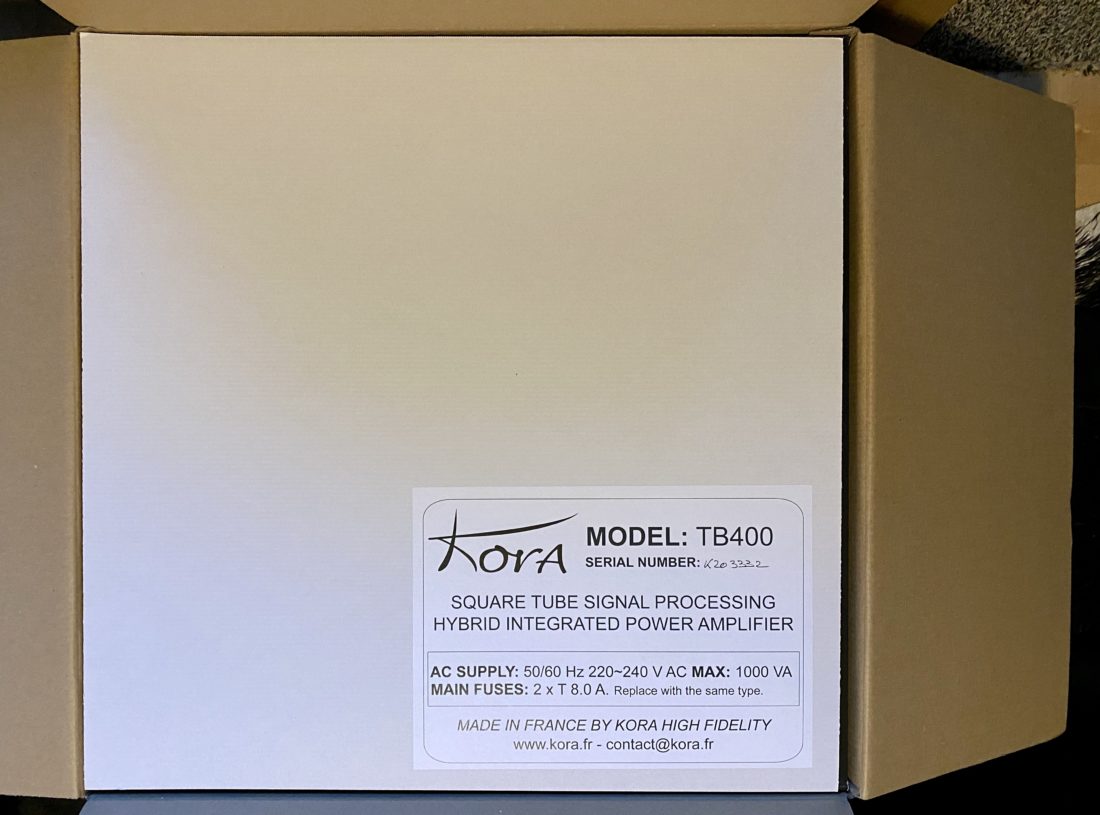
After the package arrived – and I managed to drag the package weighing almost 30 kilograms into my listening room – I was reminded of the phrase ”turtles all the way down”. In this case there were no turtles but endless boxes within boxes. Fortunately, there was an end to them after all, and I was finally greeted by a grey amplifier with an interesting finish. Kora calls the colour ”mineral grey”. The front panel is acrylic and behind it you can see the faint filament glow of four decent sized tubes. Satisfyingly, the tubes do not have LED backlights like some Chinese-made amps tend to have.
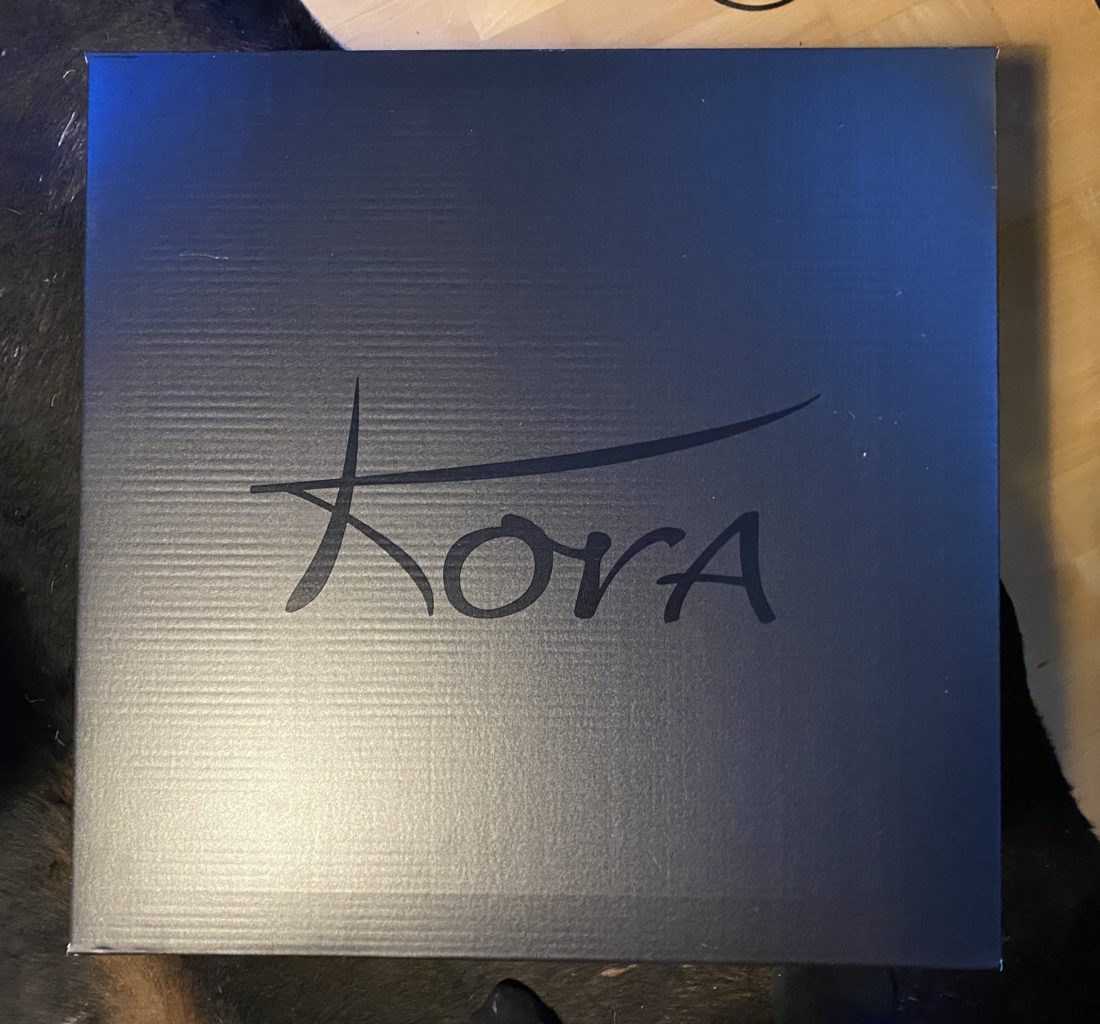
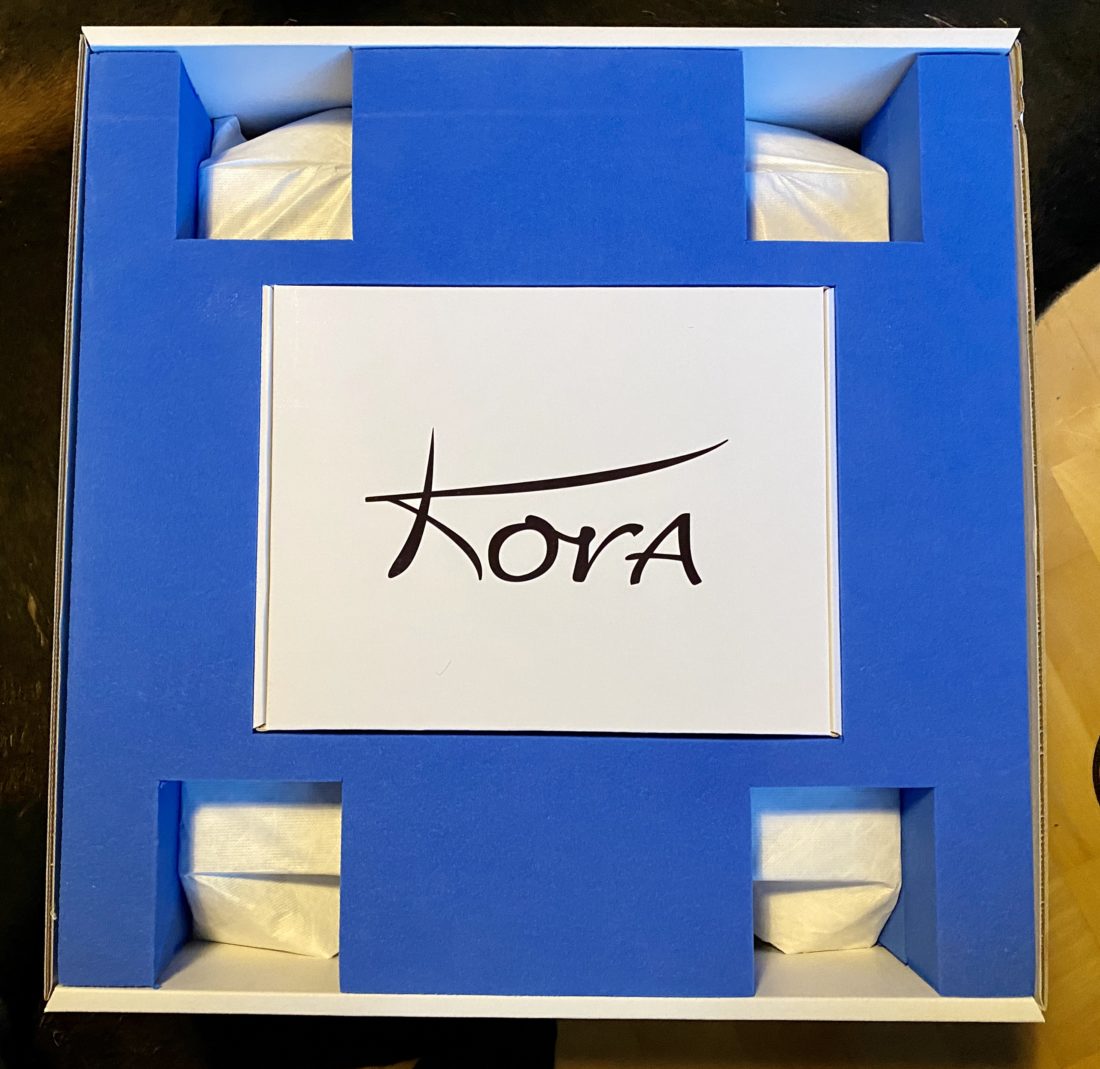
The case looks sleek and sturdy. However, to my slight disappointment, although the rear panel has high-quality speaker terminals, it only has 4 RCA inputs. No balanced input? Fair enough, not all tube amps have them. However, this presented a slight challenge when I have two high-end XLR cables, but only have an ancient Cello Strings 1 RCA cable. My setup left me with a spare SoundProof RCA cable as a control. And actually, the latter proved to be a better fit for the overall sound. With the RCA, I connected TB400 to my Klimax Katalyst digital streamer. Speakers were connected through Nordost Valhalla 1 speaker cables with banana plugs. For the power cord I used a Nordost Valhalla 1 power cord, which I connected to PS Audio P10’s high output outlet.
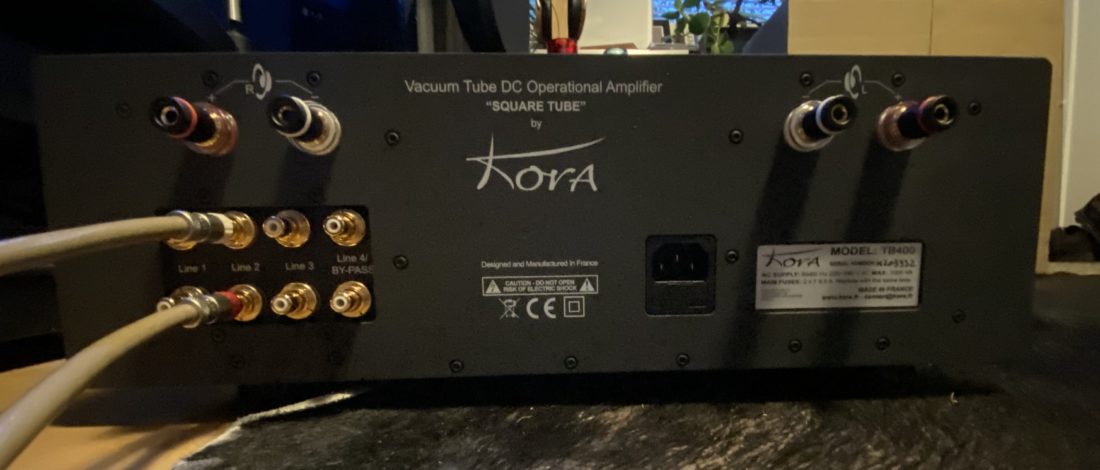
Top of the Line
This Kora model is the TB400. This is an integrated amplifier which offers 200 Watts at 8 ohms per channel and almost doubles its power at 4 ohms. The internal power supply is a doubled power supply and thus has some beef behind it. There’s 200 000 uF of main filtering. In addition to eight triodes, there are twenty transistors. The front panel has a dial that rotates in both directions and it can also be pressed. The remote control is spartan, but works just fine. I hear there are plans for a preamplifier and a power amplifier, but for now the TB400 is the top of the line model. The amp has four inputs, one of which can act as a bypass, which turns the amp into a power amplifier. The input gain can also be balanced between the inputs. For me the lack of a ”line out” i.e. ”rec out” is disappointing. This means I can’t conveniently connect a headphone amplifier or a recorder. Granted, it’s been around six months since I last listened to music with headphones, so it’s not a big shortcoming.
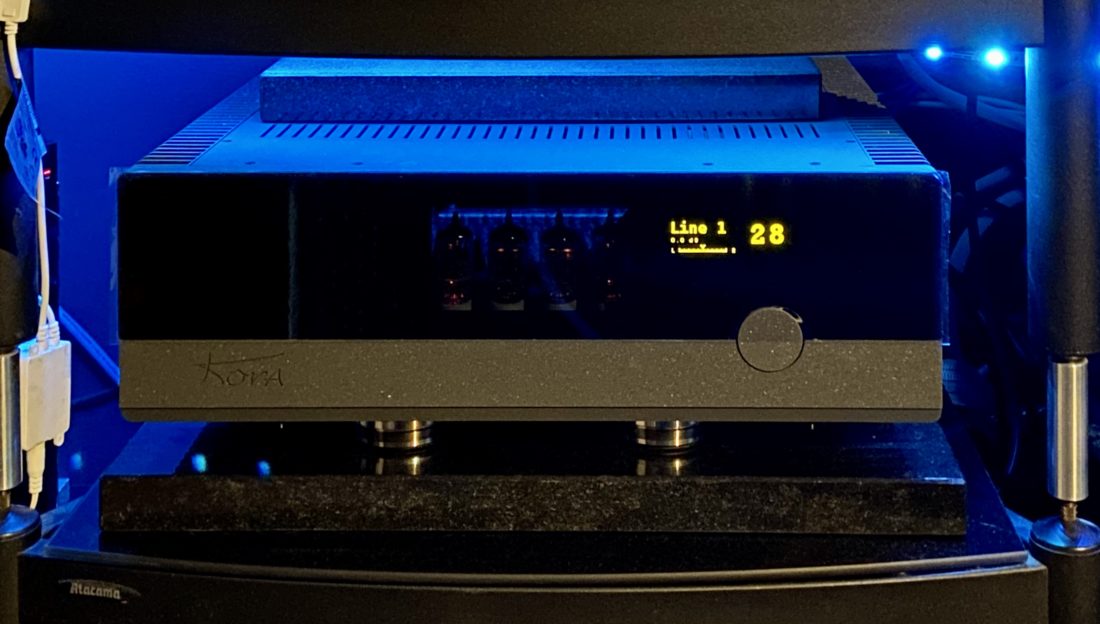
The amplifier does please the eye, even though the overall design is going for more of an understated look. As audio devices are usually black or silver, this unique grey colour makes it stand out – for better or for worse. Then again, aesthetic considerations are always a matter of taste and I prefer not to focus on them too much. All in all, I like the look of the amp, but not without qualification. However, I have to say the yellow display does suit the device nicely.
Time for a Listen
Before proceeding, I should note that I haven’t had that many opportunities to experience true tube amplifiers, my listening experience is more on the hybrid side. So, is this a ”tubey sound”? Hard to say. For one, the sound is clean and clear, but not in any way too bright or overly sharp. The bottom end delivers too and holds its own against the likes of PS Audio’s BHK 250, which I’m using as a comparison here. The noise floor is dead silent, no noise can be heard from the speaker’s treble elements, not even right next to the speakers. Kora’s soundstage is accurate and also wider in comparison to the BHK, there’s slightly more going on at the outer edges. The depth is more or less the same. The vocals sit fairly close to the rest of the soundstage, but they don’t disappear in the background. In fact the opposite, Kora presents a more natural sound space compared to the BHK. In terms of overall resolution, Kora wins again with a close but noticeable margin. Pretty much from the start I put IsoAcoustics isolation feet under the amp and a narrow stone tile on top of the device so that the ventilation grills remained free. I also did some testing without the isolation feet, but the resolution was significantly better with the feet on.
The amp is nicely suited for orchestral music. The sound is big, but when listening to familiar works I kept noticing nuances and details in a whole new way. Still, the edges of the instrument groups could be clearer at times. That’s not to say Kora fares badly, it just could be better. The amp handles the dynamic range of digital audio excellently. Actually, I put it too mildly above, the amp is not just nicely suited for orchestral music, it is actually first-class. For example, the rumbling opening of Stravinsky’s The Firebird (by Reference Records), which often can come across a bit muddy, begins with real transparency. Kora’s presentation is extremely accurate and feels authentic, even if the volume is not at realistic levels. If the sound is good, the silence is even better! The background is the blackest of blacks in both absolute and musical terms.
Digital Audio
When testing digital audio, I always start with Shelby Lynne’s version of Dusty Springfield’s Just A Little Lovin’. Wow, there’s power in the kick drum. Then comes the first surprise, the rimshot has a long echo, but it turns inward. This is something completely new. It feels as if every other hit echoes out and every other echoes in. Is the drummer alternately hitting the rimshots in different parts of the snare drum? Intriguing nonetheless. This was new for me and I associate this with Kora’s excellent transparency. The cymbals and hi-hat come across clearly and the timing is excellent, no complaints here.
The next test comes at 1 minute and 30 seconds. Listening to a top quality setup such as this, I’m expecting to pick up five audible pre-echoes from the analog master tape or I’m getting my coat and leaving! Well, there weren’t five echoes, but I’m not going anywhere as there were six or seven! This is something I’ve never heard before! The amp passes the test with flying colours, but I only got five pre-echoes after I removed the isolation feet and the stone tile. Shelby’s singing is controlled and beautiful, and there’s just the right amount of echo.
Now, let’s try some Suzanne Vega. Tom’s Diner is interesting in that if you listen to it at a loud enough volume with high quality headphones, a lot of extra “detail” starts to emerge. Well, with Kora I am witnessing the same phenomenon with speakers, and at a rather moderate volume. I also listened to Ironbound / Fancy Poultry from the same album and no complaints there either. Vega’s breathy voice wasn’t too distracting. And if Suzanne didn’t sound breathy, there would have to be significant treble dampening in the audio chain.
And Now for Something Completely Different
Let’s try out Turku University Choir’s album of drinking songs from the year 2002. I should know how the soundstage is supposed to sound as I was in the choir! The sound is just right, appreciably transparent. In some sense, the sound is even better than the real thing, but nothing sounds off or artificial.
Let’s follow that with the Pentatone recording of Schubert’s Trout Quintet. Here I’m impressed with the clear instrument separation, the natural acoustic presence and the blackness of the background. The piano is always a challenging instrument, because after all, it is without a doubt the most complex and the most versatile of percussion instruments. Put together hammer action to string, soundboard reaction and resonance, recording space and other accompanying instruments and soon recording a piano starts to approach rocket science. The wide frequency range and the huge dynamic range make the piano a tough nut to crack.
Next up is Roger Waters and Paranoid Eyes from the album Final Cut. The holophonics system really works and the sound image is phenomenal. The effects open wide and there’s no lack of depth either. Billiard balls clack against each other realistically in the background. Let’s then fast-forward 9 years and try out the masterpiece of Waters’ solo career – Amused to Death. I chose track number three Perfect Sense pt. I. The QSound effects work impressively and HAL articulates better than ever before. Even though the clarity is first-class, there’s no unwanted brightness. This record actually sounds a bit dark.
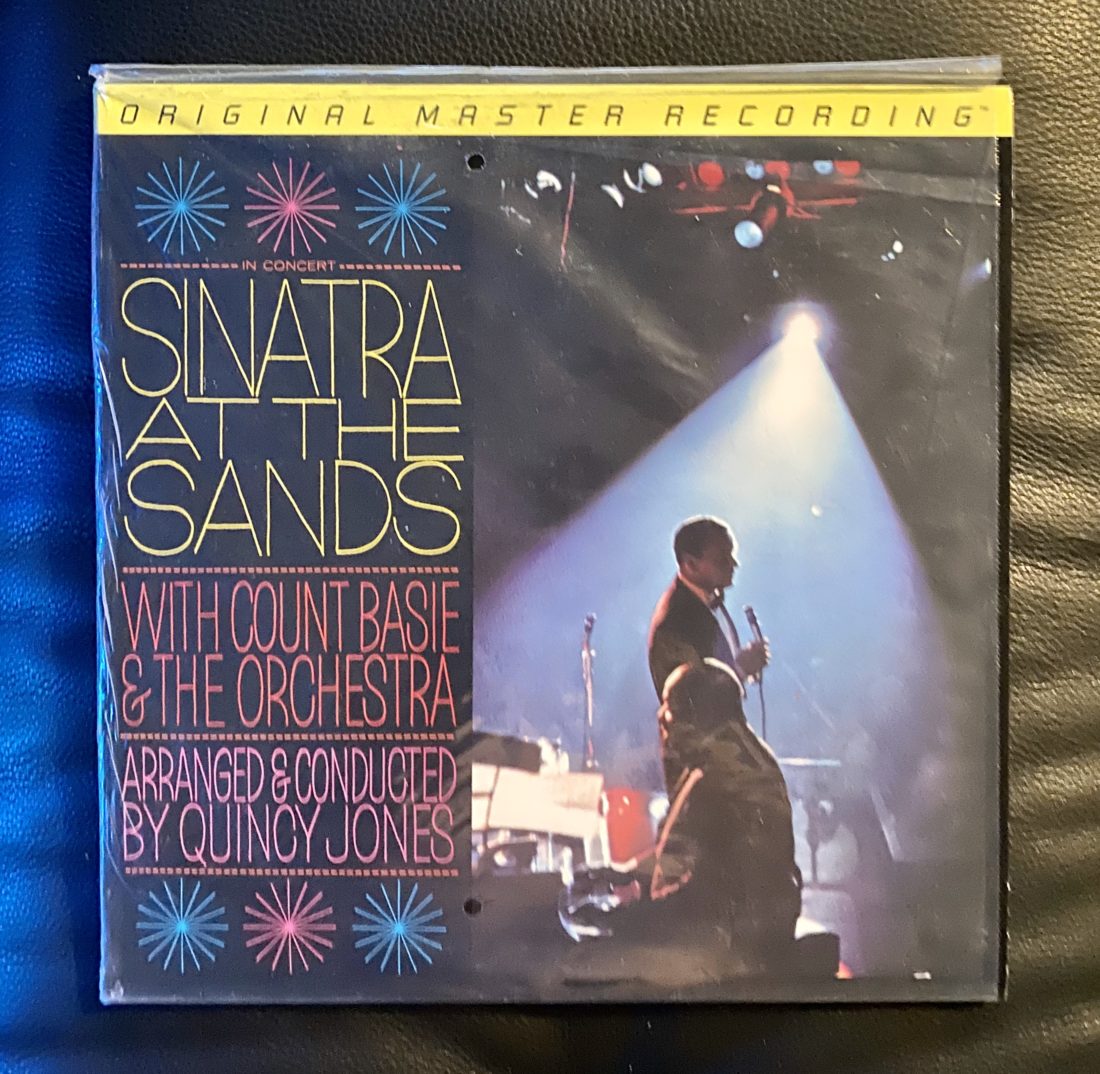
To finish off the digital session I went with Sinatra at the Sands. The experience is extremely immersive, the audience sounds and shifting chairs are there as usual, but I’m not picking up on anything new. It’s hard to fathom, but when I listened to this record the first on DVD-Audio in 24/192 stereo, I thought the sound was thin and muddy. Apparently my setup at the time was sub-par as the room was the same it is now. Now the album is a joy to listen to even if the studio versions of Sinatra’s MoFi vinyls have richer sounds.
Vinyl
I have I Robot by The Alan Parson Project both in digital form (DSD) and on MoFi 45 RPM vinyl. I put the vinyl on and was met with a pleasing and transparent sound. The album is a rather complex affair and I find it a pleasure to listen to both in terms of musical merit and sound quality. For example, the choir and orchestra in the song Breakdown really sound great. I intended to only listen to the title song, but ended up finishing the whole record. I suppose this tells something about the fidelity of the playback.
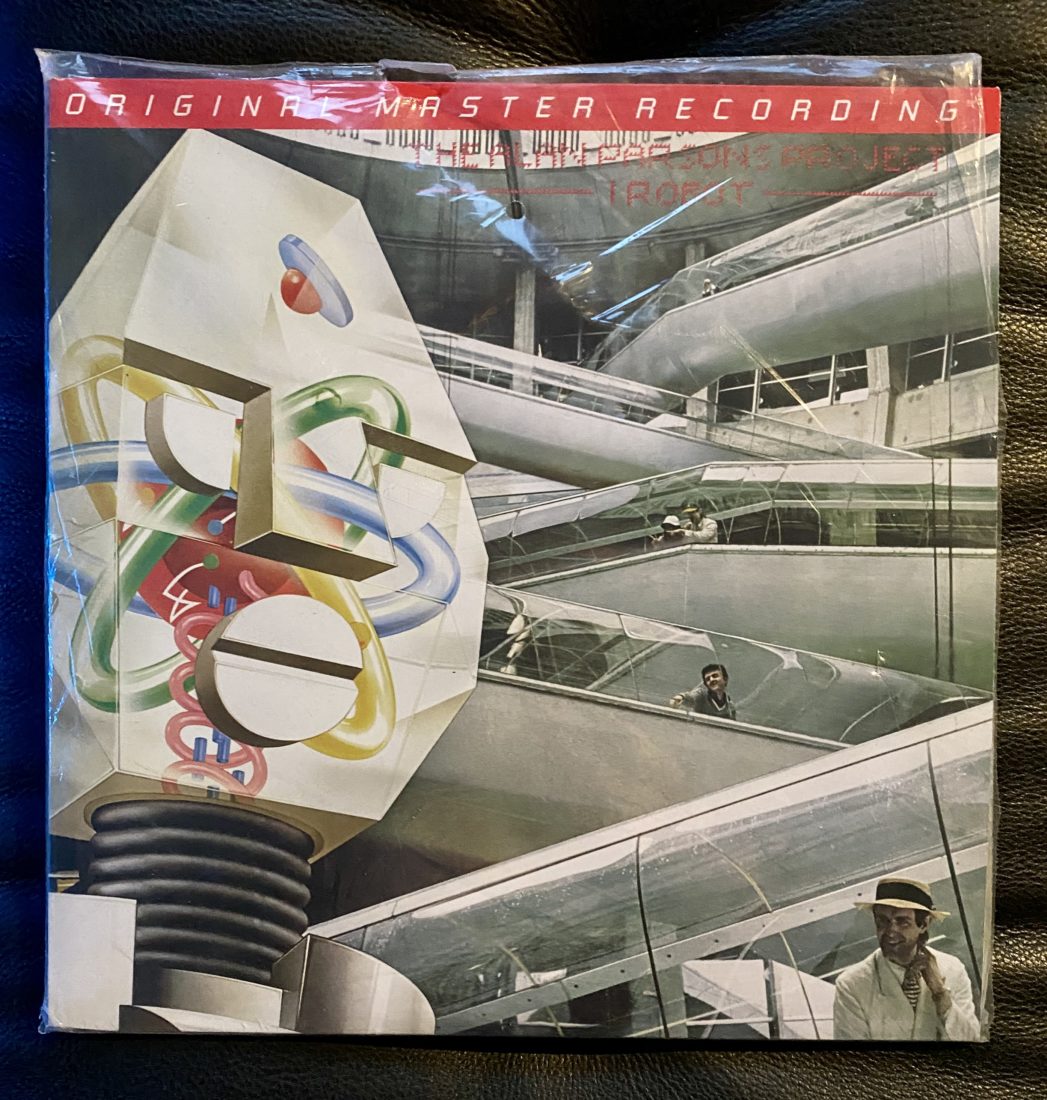
Next vinyl samples were Beethoven’s fifth symphony (Berlin Philharmonic and Sir Simon Rattle, recorded with one stereo pair of microphones) and Paganini’s La Campanella. Beethoven first. The strings sit somewhat close, but Kora picks up details from the back better than the BHK. The woodwind instruments struggle to hold their own in tutti sections, but otherwise the balance is not bad at all. For example, when the third movement is followed by the fourth, the timpani attacks like it should. Naturally, the conductor plays a role in this balancing, but still, the overall impression feels fresh.
Somehow multiple microphone recording technique makes all instrument groups equal, even though that is not what happens live. I truly dread the day when people start mixing orchestral music live…
Any way, I digress. Back to Paganini and La Campanella. The solo violin intro comes in clear and close, the orchestral parts in have real heft, the glissandos of the solo violin are wonderful. What ties the piece together is the interplay of the contrabasses and the percussion. They form a unified sound field, but at the same time, can be discerned from each other.
Vinyl Nostalgia
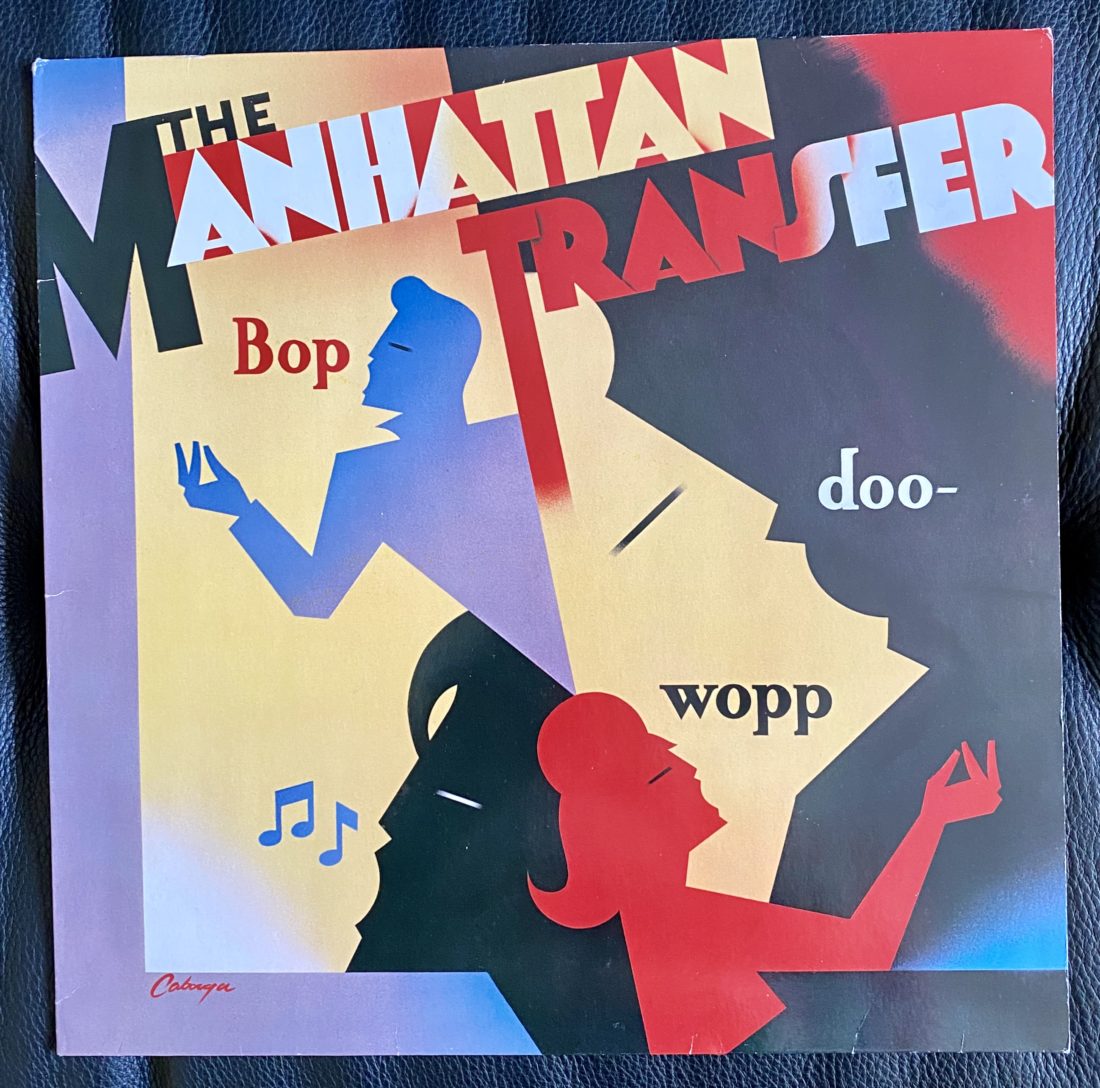
Time for some Manhattan Transfer. The album Bop Doo-Wopp has a song called Safronia B in which the bass and the left hand of the electric piano play the same melodic pattern. Paradoxically, vinyl often separates these two better than digital playback (CD quality). That’s right, from the first notes it was easy to distinguish the two instruments playing the same pattern. And it should be noted that the electric piano has a strong vibrato in its sound, and moreover, the piano is also mixed a bit to the right, although the lower end tends toward mono.
Now that we’re on a trip down the memory lane, let’s try another gem of the 80s. In those days I listened to a lot of Michael Jackson. So, let’s put Thriller on the turntable. This is not how this used to sound! On vinyl Thriller still manages to impress – both the song and the album. The bass riff is a bit dated, but there’s a lot going on in the audio image.
In Conclusion
Summing up is both easy and difficult. I used to contemplate whether the Vitus Audio RI-100 was the best integrated amplifier I had tested in my home. Maybe it was, maybe it wasn’t, but now there’s no question. Kora TB400 is simply the best amplifier I’ve listened to in my home. Now comes the hard part, why is this? As every audiophile knows, you are always biased toward your own setup, but why is it then that I am so taken in by this amplifier? Am I yearning for a change or what is going on? For now, I’ll just say that Kora TB400 is the best amplifier I’ve ever listened to. I may have heard better amplifiers in a Hifi show setting, or maybe not. But that’s just by the by as my current room setting and other conditions are what I have to work with. The end result is that I’m totally sold on TB400. Time will tell, if this is some temporary whim, but here and now I feel I’ve found something completely new. I’m definitely going to have to take a closer look at TB200 at some point in the future. But now, back to listening…